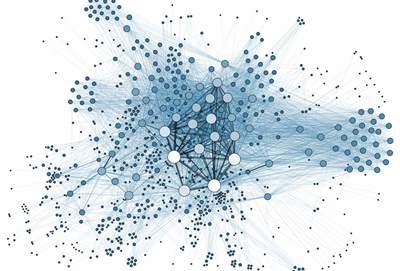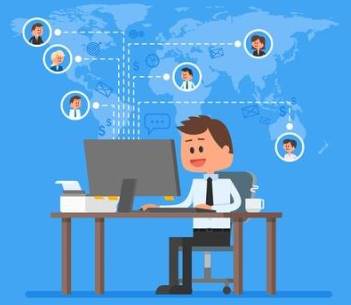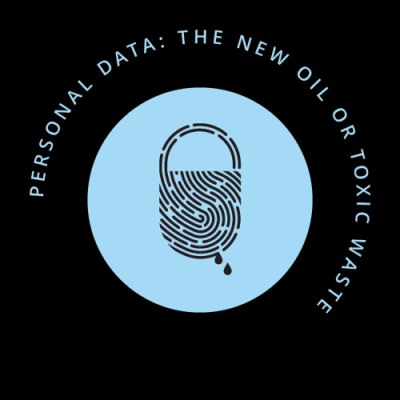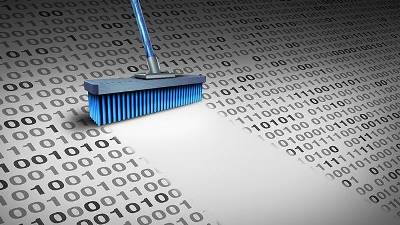This extremely interesting post ‘We’re living in two economies, and they are tearing us apart‘ aligns with many of our views in terms of the current revolutionary transformation from the Industrial Age into a new age which the author calls ‘Autonomous Age’, which is what we call the ‘Collaborative Age’. The interesting part is the analysis of what happens in the economy during this transformation, with an increased bi-polar economy between traditional (physical) and virtual economies.

The interesting part of the analysis is how the two economies are “pulling in opposite directions, and doing so, tearing the Old Order apart“. “In particular, the traditional economy is biased toward inflation. By comparison, the Autonomous Economy is biased toward deflation.” “The problem is non-monetizable productivity — unlike in the real world, the productivity gains in the Autonomous Economy don’t translate to increased incomes for average folks.”
We connect here with the Baumol effect that we described in the post ‘How the Relative Increase of Cost for Education or Health Care Can be Explained‘. Physical services struggle to improve in terms of productivity and become therefore relatively more expensive.
The author of the post however goes further and asks itself how we can avoid an upcoming wave of unemployment as the virtual economy productivity will require much less people to provide the same or a better level of service.
As I observe at the same time a strong trend to go local and develop human touch services, I am not too concerned on the long term although the transition may well be difficult as people lose their jobs and struggle to transform their occupation.
The bi-polar economy is there to stay and we need to be ready for the disruption. I remain optimistic on the longer term, but we need to brace for the short term.











